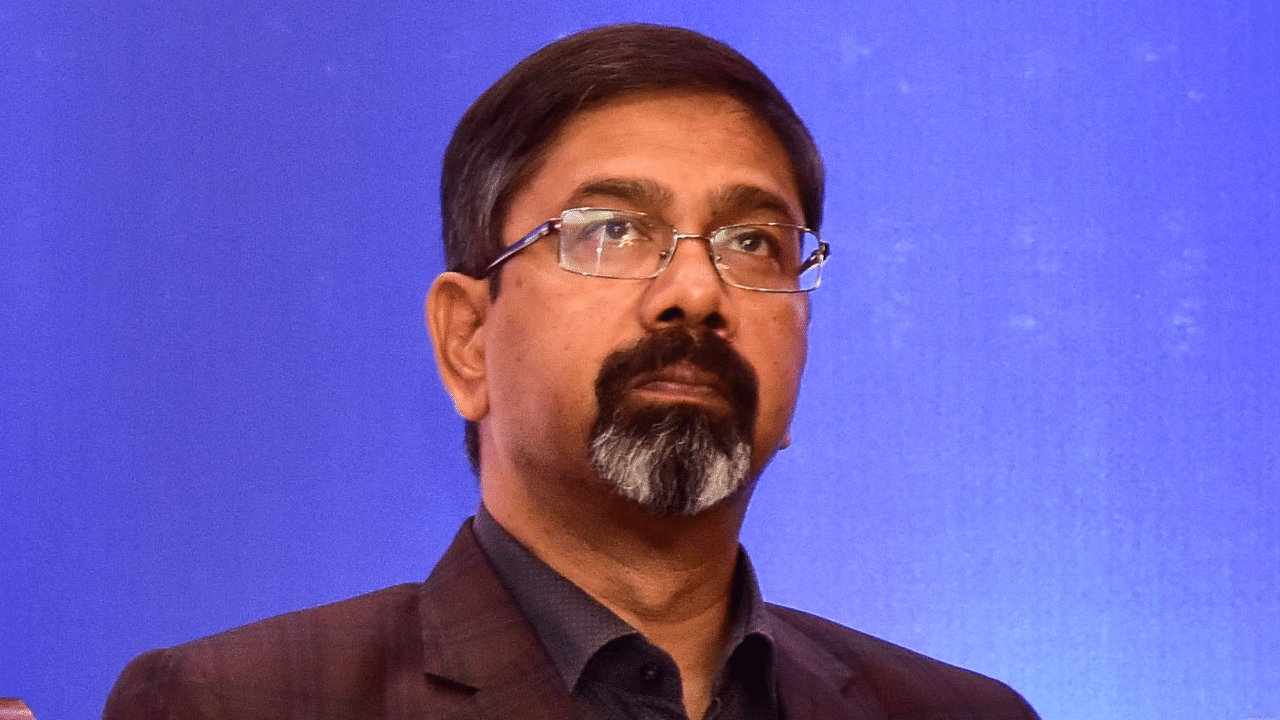
The state government recently approved two new lines under Namma Metro’s Phase 3. This has come at a time when work on several sections of Phase 2, 2A and 2B has been delayed due to the pandemic and issues with contractors. Chiranjeevi Kulkarni spoke to Bangalore Metro Rail Corporation Limited’s managing director Anjum Parvez about some pertinent issues.
It’s been a month since the trial runs began on a section of the Whitefield metro line. Has BMRCL completed the pending works near KR Puram?
We conducted trial runs up to Hoodi junction. Then onwards, final work on the track is ongoing and we are completing signalling and telecommunication work. After 20-25 days, trial runs will be extended to Garudacharpalya. About 20 days later, trials runs will be taken up till KR Puram.
When can people expect to board a Metro train at Whitefield?
We can run trains up to KR Puram in March. However, it may take two to three months to connect the section beyond KR Puram. The incessant rain last month added to the problem. We also needed time to decide on the kind of steel we need for the (web) girder at the railway crossing near KR Puram. At the same time, all steel companies here started exporting, leading to a shortage of sorts. We have figured out a solution now, but it will take time.
The Challaghatta section has also been delayed. Isn’t it?
The Kengeri-Challaghatta extension line is only 1.8 km. The work on viaducts is completed. The station work is in the final stages.We want to start operations on the section by April. We are taking some time here, because right now, our focus is on the Whitefield section, especially the depot. The depots at Baiyappanahalli and Whitefield will be given high priority due to immediate operational requirements. Once that is completed, we will shift focus to Challaghatta depot and Reach 3 (Nagasandra-BIEC) extension.
In view of tunnel boring machine (TBM) Rudra getting stuck in a garbage pile, is BMRCL making changes in its soil testing methodology?
Our soil testing reports were fine. The test was done right on the edge of the garbage pile, which is over 30 feet under the ground. Such things are hard to anticipate. We faced a similar problem at Infantry Road, when a boulder started moving with the cutter head of the TBM. However, the soil was not loose. So, we could proceed after a short delay. These problems, however, do not affect the overall project. At Lakkasandra, we have started the floor concreting in the completed section of the tunnel. Once that is done, the track work will begin. Tannery Road, Arabic School and the surrounding stretch are the difficult areas due to nature of the soil.
Has Phase 3 of Namma Metro shrunk compared with the number of lines announced in the budget?
It depends on the approach. There was a time when we could take time and send project proposals in bulk. Unlike earlier, 18 cities in the country have taken up metro projects. Considering that BMRCL is competing with several metro corporations, we have decided to seek approvals for key segments of projects in stages. The state government has approved two Phase 3 lines (JP Nagar-Kempapura and Hosahalli-Kadabagere) of 45 km. The proposal has been sent to the Centre for approval. We have already taken up survey work on the Sarjapur line, which will add another 37 km. The documents will be ready in the next seven months. It is better to get approval in parts. We have to complete the remaining metro lines, including the inner ring road line, mentioned in the comprehensive mobility plan (CMP) by 2031.
Lack of integration is hurting Bengaluru’s transport sector. Where do you see the BMRCL’s role in bringing together different agencies?
The solution for the integrational approach is in the Bengaluru Metropolitan Land Transport Authority (BMLTA). The BMLTA bill has been introduced in the legislature. We are hopeful that it will be taken up in the Belagavi session. Meanwhile, the meeting of the coordination committee headed by the chief secretary has been able to resolve issues between BMRCL, BBMP or BDA.
What about several integration issues within Namma Metro?
We are focusing on fundamentals. So, every time we plan a station, we are asking ‘what will be the future integration issues that will arise here’? Thanks to CMP, we know the future Metro lines to be taken up. Regardless of when we get approval, we have decided to keep ourselves ready. For example, the JP Nagar metro station of the Reach 6 line has now been tweaked to ensure seamless integration with the Phase 3 line. Similarly, we are looking at all Phase 3 stations with the intention of seamless connectivity with existing or future lines.